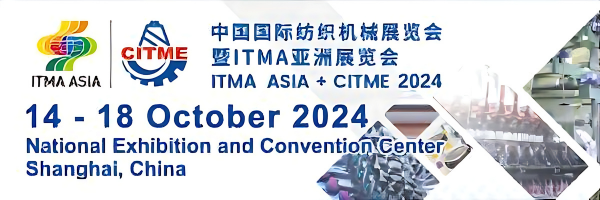Demand for synthetic fibres
Demand for synthetic fibres: Consumer demand for textile products – including clothing and home textiles – will grow by 2.8% per annum between 2015 and 2025, according to forecasts in a new report from the global business information company Textiles Intelligence. However, growth will be driven almost entirely by a rise in demand for textile products made from synthetic fibres.
The report notes that consumer demand for non-cotton textile products — most of which are made from synthetic fibres — will grow by an average of 3.7% per annum over the ten-year period whereas consumer demand for cotton textile products will grow by only 0.2% per annum.
As a result, the share of non-cotton textile products in total consumer demand for textile products will increase from 73% to 79% between 2015 and 2025 whereas the share of cotton textile products will fall from 27% to just 21%. Furthermore, demand for cotton textile products at the end of this ten-year period will still be less than the level of demand seen in 2010.
The rise in the share of non-cotton textile products reflects a significant increase in the share of textile products made from synthetic fibres. In fact, this share rose in each of the ten years to 2016 and is expected to rise further in 2017.
One reason for the rise in share is an improvement in the competitiveness of synthetic fibre prices compared with the prices of other fibres. The average price of polyester staple fibre, for instance, fell at a double digit rate in 2016 for the third consecutive year to its lowest level since 1974.
The average price of cotton, by contrast, rose in 2016 and this made cotton less competitive. In fact, 2016 was the fourth consecutive year in which the average price of cotton rose relative to the average price of synthetic fibres. Moreover, the average price of cotton reached to its second highest level on record, and was exceeded only by the peak reached in 2011 — when it surged to a record high. This implies a serious weakening of the competitiveness of cotton as a textile fibre.
Having said that, there will continue to be a preference for cotton textile products in industrialised countries. Indeed, in 2017 these countries will account for almost 50% of global consumer demand for cotton textile products but for only 30% of global consumer demand for all textile products and a mere 25% of global consumer demand for non-cotton textile products.
Subscribe Newsletter

















